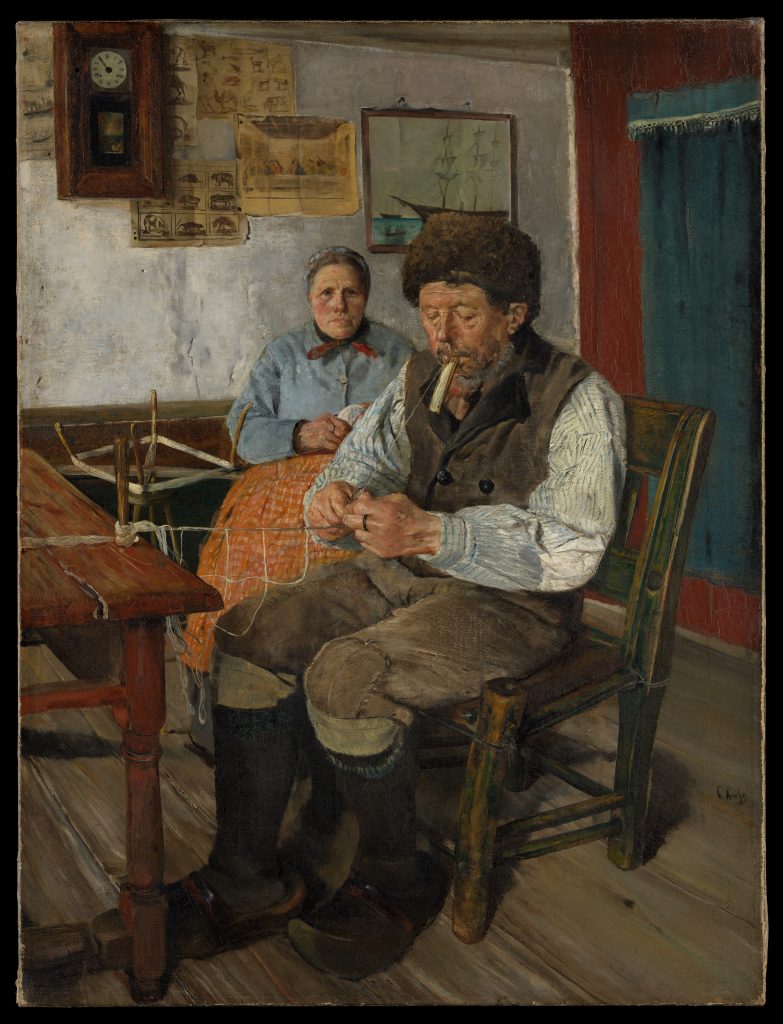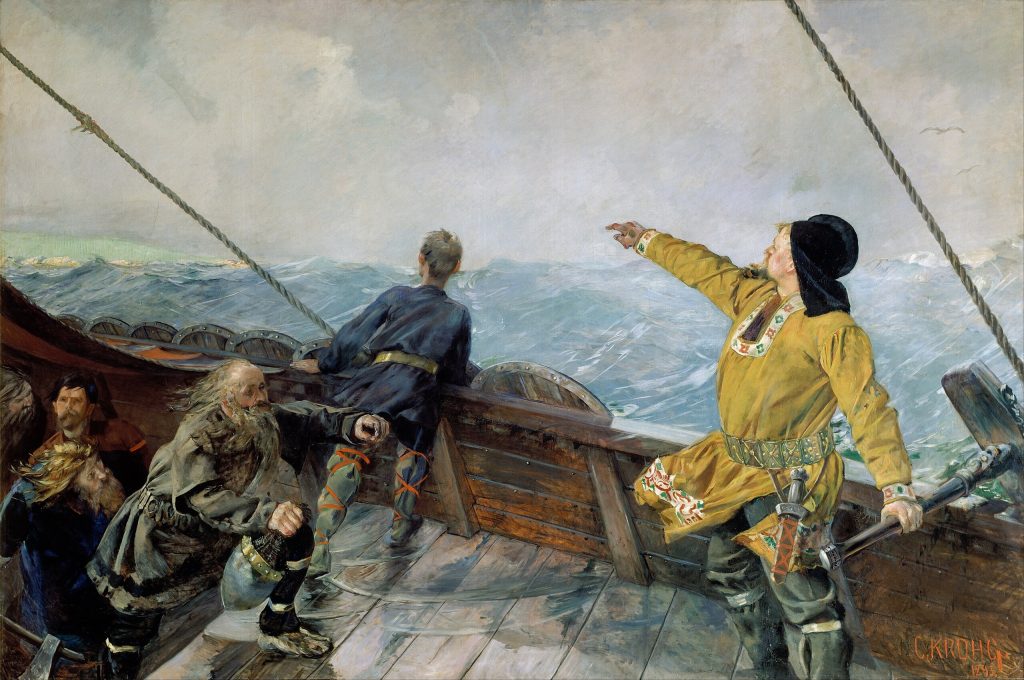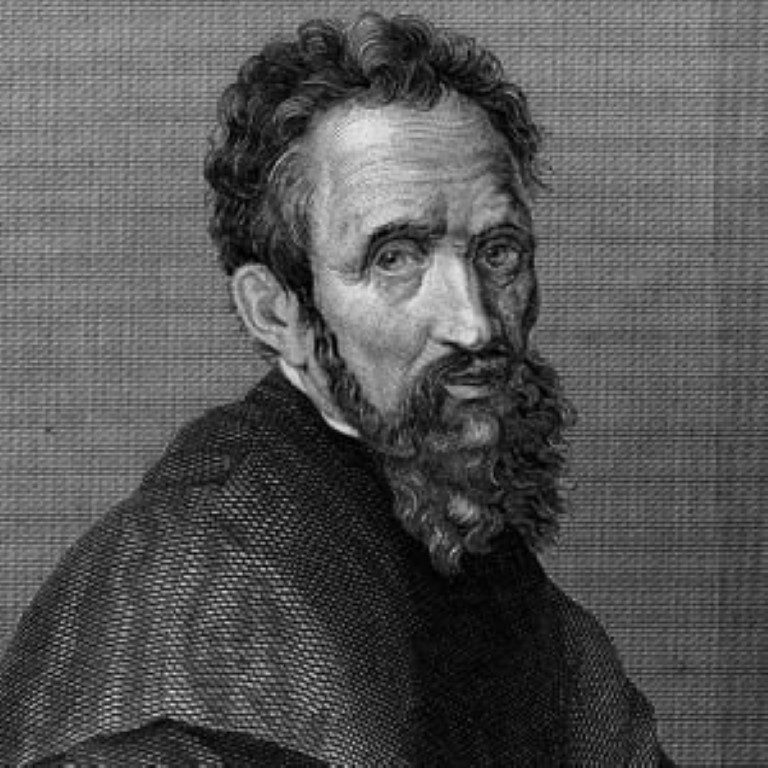On This Day, August 13, 2024
Today marks the 172nd birth anniversary of Christian Krohg (1852-1925), one of Norway’s most influential and controversial artists. Far more than a painter, Krohg was a cultural revolutionary who challenged social norms through his unflinching artistic vision and fearless journalism.
Early Life
Born in Vestre Aker (now Oslo) on August 13, 1852, Krohg came from a distinguished family—his grandfather had served as a government minister. Initially pursuing law at his father’s insistence, he graduated with a legal degree in 1873, the same year his father died. This early exposure to social systems would profoundly influence his later artistic focus on societal injustices.
Krohg was inspired by the realism art movement and often chose motifs from everyday life, but his path to artistic mastery began with formal training under Norwegian painter Johan Fredrik Eckersberg before traveling to Germany. There, he studied at the Baden School of Art in Karlsruhe under Hans Gude and later at the Königliche Akademie in Berlin under Karl Gussow, whose realistic approach significantly shaped Krohg’s developing style.

Artistic Practice
In 1879, encouraged by fellow artist Frits Thaulow, Krohg visited the Skagen artists’ colony in Denmark, a transformative experience that would define his artistic philosophy. When Krohg discovered Skagen, in northern Denmark, in 1879, the people captivated him even more than the unique nature and the light. The fishing village became his laboratory for exploring authentic human experience, where he painted local fishermen and their families with unprecedented honesty.
His painting “The Net Mender” (1879), depicting fisherman Niels Christian Gaihede and his wife, exemplified his revolutionary approach. He renounced the moralizing sentimentalism hitherto associated with scenes of daily life in favor of a more objective, socially conscious approach to such subjects. This marked his emergence as a leading figure in the transition from romanticism to naturalism.

Krohg’s most controversial and influential work came in 1886 with his novel “Albertine” and its accompanying painting “Albertine in the Police Doctor’s Waiting Room.” The novel told the story of a poor seamstress forced into prostitution—a work so provocative that it was banned and confiscated by the police the day after its publication.
This wasn’t merely artistic sensationalism but calculated social activism. Krohg denounces the unfair treatment meted out by the Norwegian authorities to these women, deprived of their freedom and with no law to protect them. The controversy that erupted demonstrated art’s power to galvanize public discourse on social reform.
Beyond his controversial social realism, Krohg was instrumental in shaping Norwegian cultural life. He was the director and served as the first professor at the Norwegian Academy of Arts from 1909 to 1925, where he mentored the next generation of Norwegian artists, including providing crucial early support to Edvard Munch.
His contributions earned significant recognition: In 1889, he was made a Knight in the French Legion of Honour and entered in the Belgian Order of Leopold in 1894. He also received the Order of St. Olav and served as Norwegian Commissioner at international exhibitions.
Christian Krohg died on October 16, 1925, but his vision of art as a force for social empathy and change continues to inspire artists and activists alike.
Cover image: Leiv Eirikson discovering America, 1893. Courtesy of Wikipedia
Contributor





